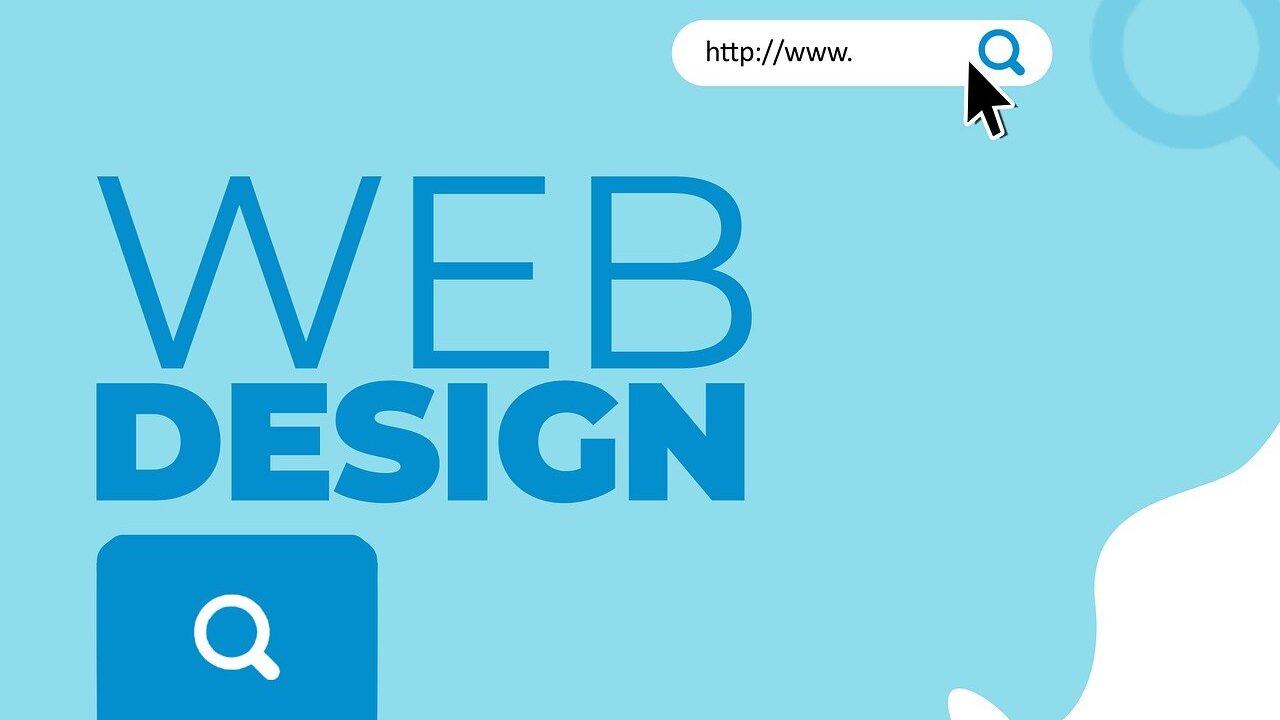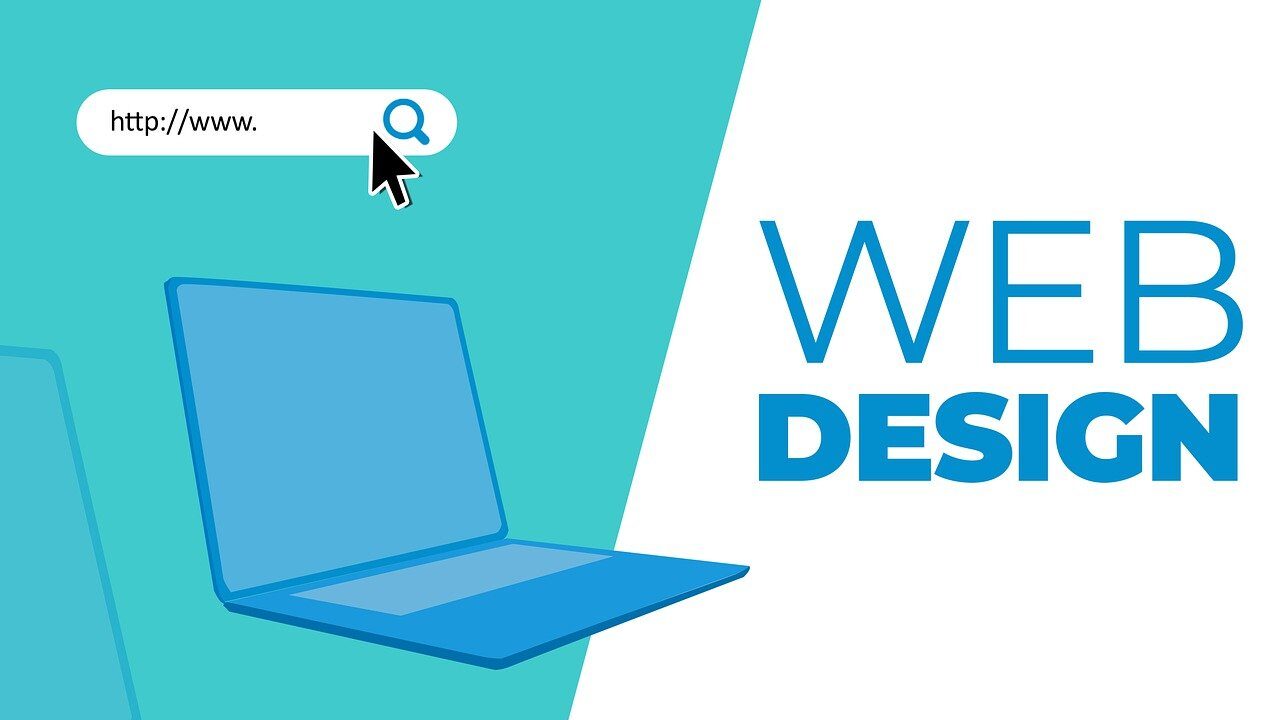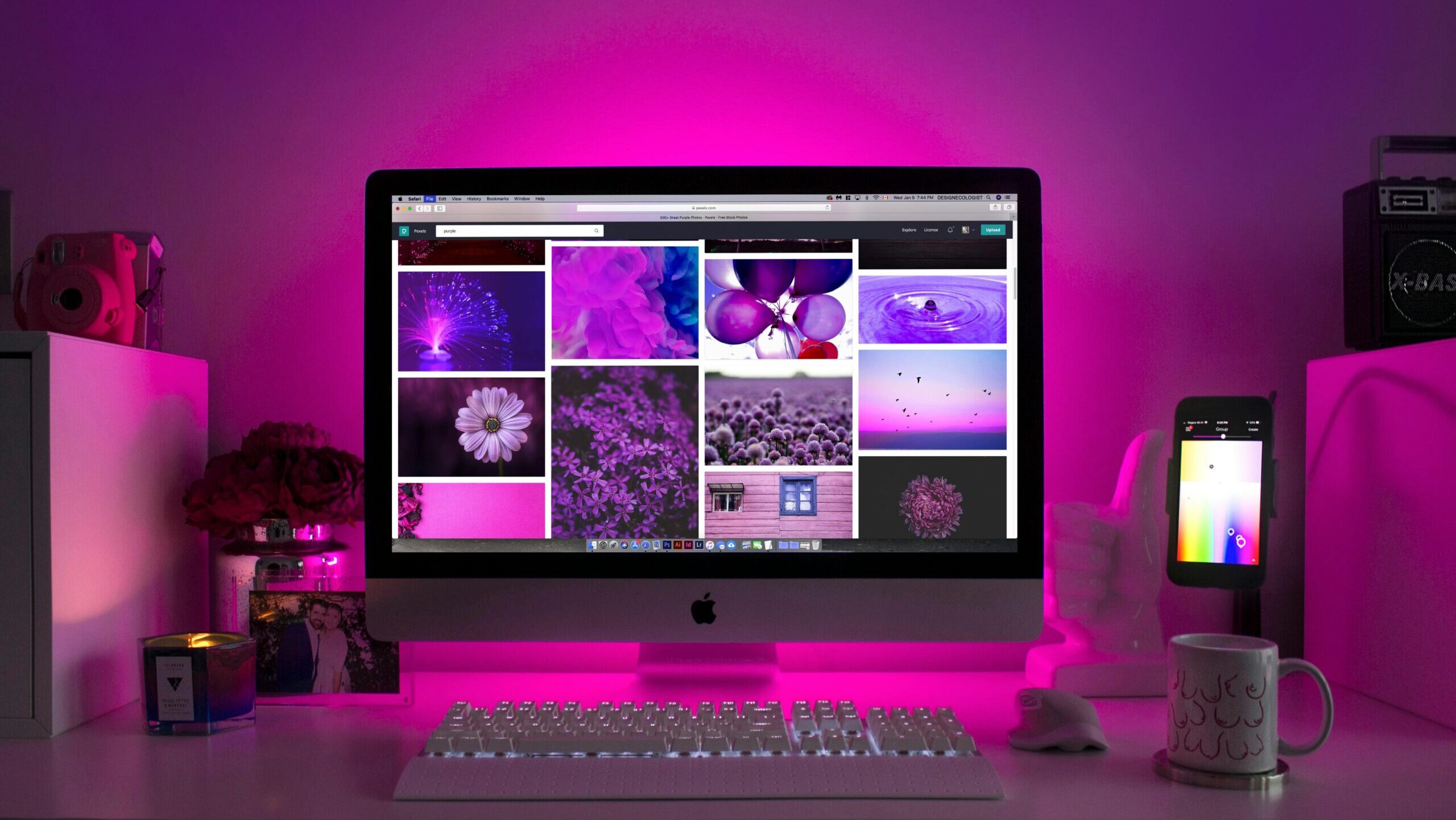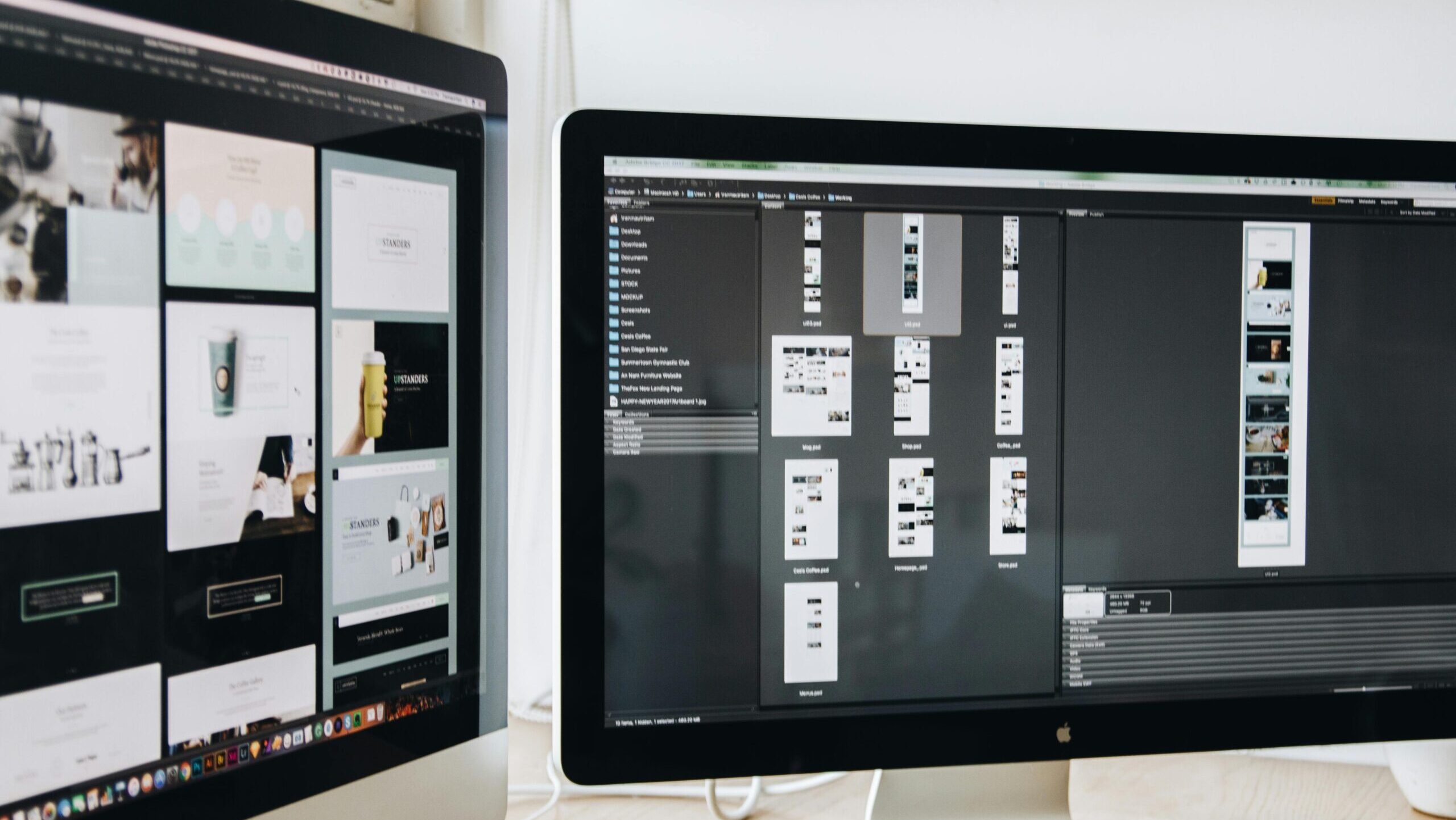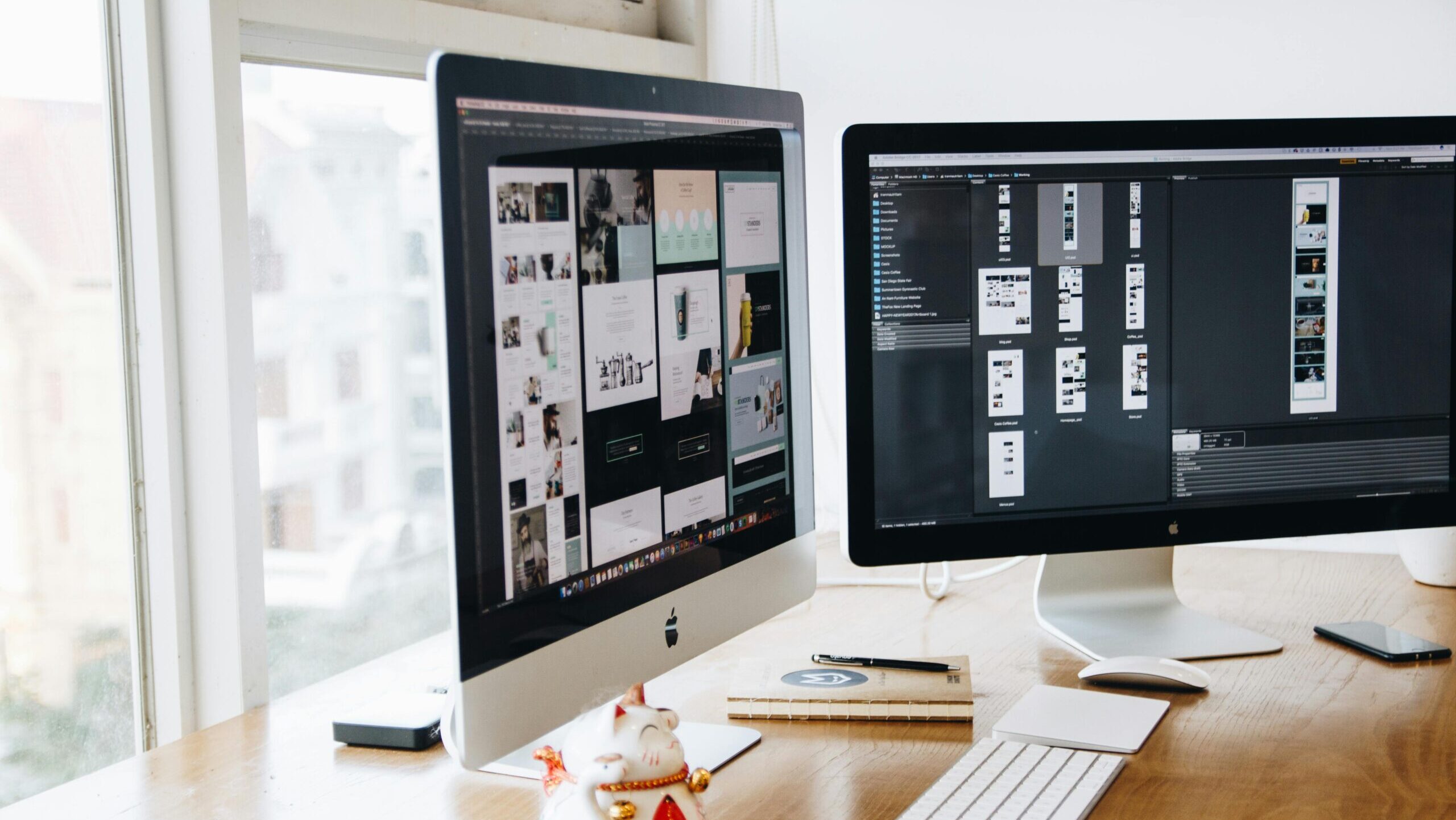A great user interface design for your website can keep customers returning. Of course, everyone wants to do business on a platform that is seamless and efficient.
But colorful designs, animations, and buttons don’t make a unique user interface design – there’s a lot more – and that’s what you will learn from this article.
What is User Interface Design?
User interphase is a vital aspect of user interphase engineering focusing on creating an aesthetical and understandable environment that users can use to perform certain actions on a platform. User interphase design connects all forms of designs, ranging from visual design, interaction design, and information architecture.
For example, if you were to complete the design of a website using just codes, any recent visitor to your platform will only see an uncoordinated array of buttons that don’t help the visitor’s quest. A user interface design eliminates these troubles and helps build a relatable frame through which the visitor can work with the platform.
What Are the Types of User interface Design?
A user interface operates a wide range of patterns and templates, culminating in its final brilliant design. For this purpose to be achieved, they will introduce each design type just in time during the entire design process. However, before any conversation about this erupts, it’s time to learn about the types of user interface design which include:
Command-Line Interface
A command-line interface is no longer an innovative form of basic user interface design, but it is still widely adopted and used by a lot of designers, especially those with a deep interest in coding.
Users will need to input instructions into the command line on this interface, which the system will execute automatically. All command messages move to the required file before drifting sharply into the directory. In this environment, the designer can execute a lot of tasks.
The command line is beneficial because of its simple structure and reduced memory usage. However, the difficulty involved in learning a command language and the excessive complexity for novice users put it in poor light.
Menu-driven Interface
The menu-driven interface grants a designer access to a unique collection of commands or options arranged in a list or menu options.
These options can follow the design of a full-screen, pop-up, pull-down, or drop-down format. The ATM is a typical example of a menu-driven interface.
A significant advantage of the menu-driven interface is its simple interface that even a novice can learn quickly, void of manual commands that needs memorization. Contrastingly, this interface has limited menu options and often requires over one screen for functional operation.
Graphical User Interface
The graphical user interface is one of the most popular user interface designs. It is arguably the most popular and used among its peers, with many people having little knowledge of its operations.
To use this interface, you need a mouse or trackpad to click and drag-and-drop items as you desire during a design process.
This interface is self-explanatory, easy to use, possesses solid support facilities, and allows you to run multiple applications, programs, and tasks simultaneously. However, it consumes a lot of memory which can impede the progress of work on any platform you’re working on.
Touchscreen Graphical User Interface
The Touchscreen graphical user interface possesses a lot of similarities with the GUI, with the only difference being you don’t need a mouse pad but your fingers. These design interfaces are seen on tablets, pads, phones, and select medical and electrical devices.
Touchscreen GUIs lack peripherals which make them very convenient as it offers a better method of interaction. The large memory consumption remains a key problem of this design interface.
How To Choose the User Interface Elements
Interface elements are one of the tricky places wherein you have to make careful choices. Since users are so conversant with these elements, you must ensure you properly balance creativity and functionality in this area.
Some of the vital interface elements include:
Navigational Components: breadcrumb, slider, search field, pagination, slider, tags, icons
Input Controls: buttons, text fields, checkboxes, radio buttons, drop-down lists, list boxes, toggles, date field
Informational Components: tooltips, icons, progress bar, notifications, message boxes, modal windows
Containers: accordion
Most times, certain elements might be perfect for displaying content, and you need to make trade-offs a key priority during these times. For example, if including a simpler element increases the difficulty for the user to understand it, then you might need to eliminate it.
Best Strategies for Designing User Interface
When your users are achieving their goals, understanding their skills, and choosing their preferences, it keeps them stuck to a platform. To maintain this level, you need to follow the best strategies for designing a user interface that includes:
Maintain a simple interface: A simple interface communicates simplicity and clarity to the user. By using common elements, you avoid unnecessary language that can confuse your users both in labeling and messaging.
Take defaults into consideration: Creating defaults that eliminate the burden of your user are some goals that you should aim to bring to your site. By communicating various elements and understanding the working of certain aspects, you ensure that every user gets the full benefit.
Ensure typography creates hierarchy and clarity: There are a plethora of fonts you can use for your designs. However, the careful arrangement of these fonts and designs will determine how accessible and efficient your platform works.
Create consistency and use common UI elements: Common elements ensure users don’t need a crash course on how to use these elements. You can create patterns in language, design, and layout to facilitate efficiency. Learning a simple skill will help you transfer it to other parts of the site.
Use professional colors and texture: Colours can be beautiful and highly distracting. Using a lot of colors on your design can make it worse while using fewer colors can make it bland.
Ensure the system communicates facts: Ensure your users are aware of any changes in location, actions, state, or errors. Using various UI elements to communicate status and next steps can reduce frustration for your user.
Conclusion
Among the different user interfaces, the graphical user interface is by far the most common, followed by the touchscreen variation. Despite the alternative technologies that already exist and continue to emerge, the GUI remains the preferred standard. This is large because of the simplicity and ease of use.
Graphical user interfaces are easier for most end-users to understand as the icons and menus are generally self-explanatory and the GUI does not require the user to remember or input complex commands.
Socialander remains committed to helping you create unique user interfaces wherein you can tell the story of your brand. With experienced design professionals and a committed team, your business has never been in better hands. Book a free consultation session with us today by clicking “I want a Free Consultation Session”, let’s get you set up.
